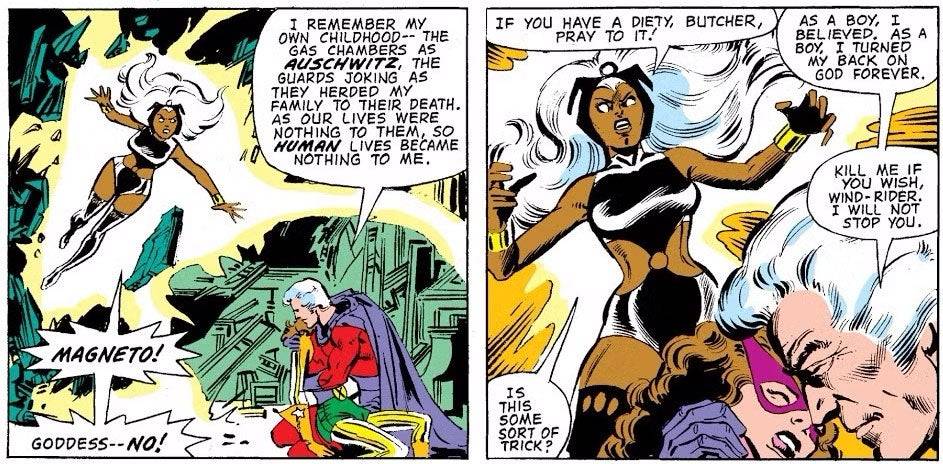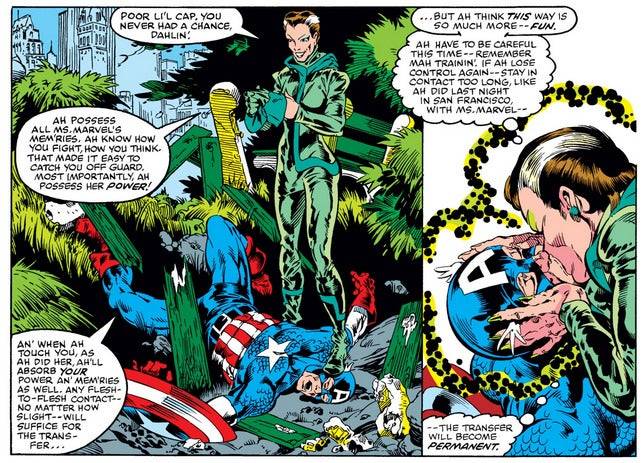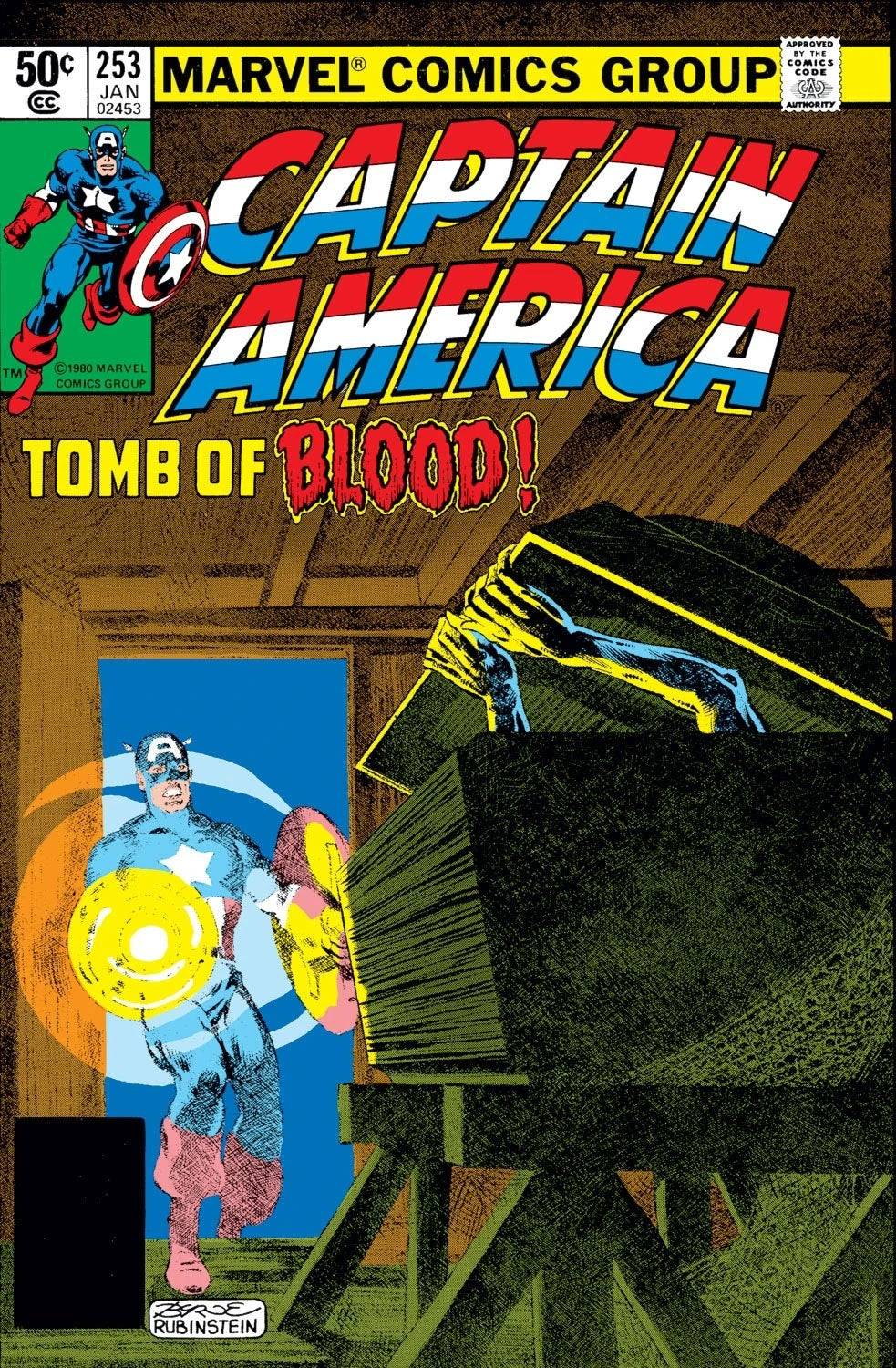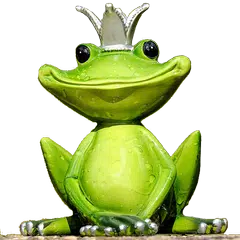The 1970s were a turbulent era for Marvel Comics. While significant characters and storylines like "The Night Gwen Stacy Died" and Doctor Strange's encounter with God emerged, the 1980s witnessed a surge of legendary creators crafting landmark runs on Marvel's most popular titles. This era saw the rise of Frank Miller's Daredevil, John Byrne's Fantastic Four, David Michelinie's Iron Man, and the peak of Chris Claremont's X-Men, with Roger Stern's Amazing Spider-Man and Walt Simonson's Thor soon to follow. These creators profoundly shaped the enduring legacy of these iconic characters.
Considering Marvel's history, the 1980s arguably represent the company's true golden age. Join us for Part 7 of our exploration of essential Marvel issues!
**More Essential Marvel**
- 1961-1963 - The Birth of a Universe
- 1964-1965 - The Sentinels Are Born and Cap Dethaws
- 1966-1969 - How Galactus Changed Marvel Forever
- 1970-1973 - The Night Gwen Stacy Died
- 1974-1976 - The Punisher Begins His War on Crime
- 1977-1979 - Star Wars Saves Marvel From Bankruptcy
**The Dark Phoenix Saga and Other All-Time X-Men Stories**
Chris Claremont's transformative run on X-Men, beginning in 1975, saw the publication of three of its greatest stories in the early 1980s. The Dark Phoenix Saga (X-Men #129-137) stands as arguably the most renowned X-Men story, for compelling reasons. Years after Jean Grey's embodiment of the Phoenix, this cosmic entity corrupts her, aided by the Hellfire Club, turning her into the Dark Phoenix, a formidable adversary. This cosmic saga, pencilled and co-plotted by John Byrne, is not only a phenomenal narrative but also introduces Kitty Pryde (Shadowcat), Emma Frost, and Dazzler. Jean Grey's sacrifice after regaining her senses remains a heartbreaking moment in X-Men history, despite her eventual return. While adaptations like X-Men: The Last Stand and Dark Phoenix fell short, the saga found better success in X-Men: The Animated Series and Wolverine & the X-Men.
Shortly after, Days of Future Past (X-Men #141-142) followed. This iconic story featuring the Sentinels—first introduced by Stan Lee and Jack Kirby in 1965—depicts adult Kitty Pryde journeying back in time to prevent Senator Robert Kelly's assassination, an event triggering a dystopian future ruled by Sentinels. Despite its brevity, this arc remains immensely popular, with its reality revisited by subsequent creators. It was adapted into the 2014 film X-Men: Days of Future Past and a season arc of Wolverine & the X-Men.
X-Men #150 concludes this period's best X-Men stories, showcasing a battle between the X-Men and Magneto that nearly claims Kitty Pryde's life. Magneto's revelation as a Holocaust survivor solidified his backstory and laid the groundwork for his evolution into a more morally complex character.

**The First Appearances of Rogue, She-Hulk, and the New Mutants**
The 1980s also marked the introduction of major characters, including prominent female heroes. Rogue, a future popular X-Men member, debuted as a villain in Avengers Annual #10 as part of Mystique's Brotherhood. This issue featured Rogue draining Carol Danvers (Ms. Marvel) of her powers, significantly impacting both characters' trajectories. It also highlighted Carol's rebuke of the Avengers for their inaction regarding her abuse by Marcus Immortus, as revealed in Avengers #200. Carol would later become more closely associated with the X-Men before eventually reconciling with the Avengers.

Savage She-Hulk #1 introduced another significant Marvel heroine, Jennifer Walters (She-Hulk). The last character co-created by Stan Lee during his initial Marvel tenure, Jennifer, Bruce Banner's cousin, gained similar powers after an emergency blood transfusion. While her first solo series wasn't highly acclaimed, She-Hulk's character developed significantly after joining the Avengers and Fantastic Four. Tatiana Maslany later portrayed She-Hulk in her eponymous MCU series.
The first X-Men spin-off, The New Mutants, debuted in Marvel Graphic Novel #4 before launching their own series. This team of teenage mutant students included Cannonball, Sunspot, Karma, Wolfsbane, and Dani Moonstar (Mirage). Illyana Rasputina (Magik), Colossus's younger sister, joined in issue #15, with many of her most impactful stories unfolding during her time on the team. This lineup (excluding Karma) was adapted in the 2020 film New Mutants, with Anya Taylor-Joy as Magik.
**Iconic Storylines for Daredevil, Iron Man, and Captain America**
Daredevil #168 marks a pivotal moment for the character. The first issue of Frank Miller's writer-artist run introduced Elektra and a significant reimagining of Daredevil's mythology. Over the next two years, Miller crafted a gritty, crime-noir saga featuring Kingpin as Matt Murdock's nemesis, the introduction of Stick, a confrontation with the Punisher, and the iconic moment in #181 where Bullseye kills Elektra. This run served as inspiration for the 2003 film and the 2015 Netflix series, and its influence continues with the upcoming MCU show, Daredevil: Born Again.
Two major Avengers also featured significant storylines. Doomquest (Iron Man #149-150), the final masterpiece from David Michelinie and Bob Layton's first Iron Man run, depicts Iron Man's first solo battle with Doctor Doom, resulting in their transport to Arthurian times. This arc cemented Doom as a key member of Iron Man's rogues gallery.

Another noteworthy arc, though less well-known, is Captain America's confrontation with Baron Blood in Captain America #253-254. This darker tale, from Roger Stern and John Byrne's run, features Cap facing John Falsworth (Baron Blood), a Nazi vampire connected to Cap's time with the Invaders.
**Moon Knight Becomes a Hero and Marvel Helps Create the G.I. Joe Mythology**
Two more #1 issues—Moon Knight #1 and G.I. Joe #1—round out this era's influential comics. While Moon Knight first appeared in Werewolf by Night #32, his own series fully established him as a heroic figure, detailing his backstory and introducing his alternate personalities. His future stories built upon the foundation laid in this issue.

Although Marvel doesn't own the G.I. Joe franchise, it played a crucial role in its creation. The Real American Hero toy line's tie-in Marvel comic, beginning in 1982, saw Marvel editor Archie Goodwin conceive Cobra, and Larry Hama developed most of the character roster, including iconic figures like Scarlett, Snake Eyes, Storm Shadow, Lady Jaye, and the Baroness. Hama's storytelling made G.I. Joe one of Marvel's most popular titles, particularly praised for its equitable portrayal of female characters.









